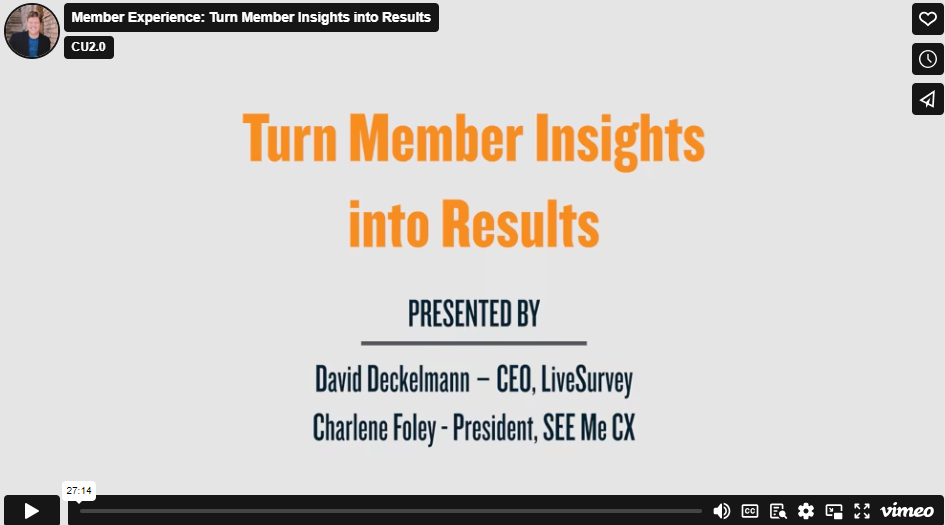In this series of posts, we will explore the idea of using member surveys to improve service. Being based in the Credit Union industry, we’ll be looking at the topic from the perspective of Credit Unions who want to create their own survey. In other words, how to use a DIY approach.
What Should I Ask in My Survey?
Today’s topic is about member which survey questions to ask. These days, there are a few widely used questions you can use to measure your member’s impressions about your credit union. Here are the most popular:
CSAT: Customer (Member) Satisfaction Score
Pioneered in the early 1980’s the concept of scoring Customer Satisfaction has been around for a long time. Usually, 5-7 questions asking your member’s opinion on how the actual service they experienced compares to their expectations in terms of timeliness, quality, pleasantness, or accuracy. Measured on a Likert Scale (basically 1-5) CSAT has somewhat fallen out of favor as newer methods have come along to claim better business results with fewer questions.
NPS© or Net Promoter Score©
This popular scoring method was introduced in 2003 and asks a single question:
How likely is it that you would recommend [CU Name] to a friend or colleague?
The member is asked to rank their likelihood from 0-10. Those who answer either 9 or 10 are labeled “Promoters” while giving a 0 to 6 means they are “Detractors”. Responses of 7 or 8 are “Neutral”. The actual score is the percentage of Promoters minus the percentage of Detractors (hence the name). Proponents claim that the score correlates to customer retention and revenue growth as well as customer loyalty. Critics say (and the original creator admits) that the data behind the original research is flawed. Still, it’s a very popular method, and measuring your own score repeatedly over time is a good way to track rising or falling member sentiment.
CES: Customer (Member) Effort Score
Another “one question” method designed to measure satisfaction, the Member Effort Score is focused on how easy it is for your members to interact with you. Claiming to be a better predictor than NPS©, the CES originated at Harvard University and presents the following statement:
“[CU Name] made it easy for me to handle my issue”
Along with a scale ranging from “1 – Strongly Disagree” to “7 – Strongly Agree”
Your score is the percentage of members ranking you 5 or higher. CES is the latest “it” thing, having stolen the crown from NPS© lately, but is still lagging behind in overall adoption.
The questions explained above all have their pros and cons, but in my opinion, the most important thing is not to change too often so you get a better picture of the movement and changes in member sentiment. Whether you choose CSAT, Net Promoter Score, or Customer Effort Score, the number is really only useful when looked at over time and for this, you need regularly updated scores using consistent questions.





